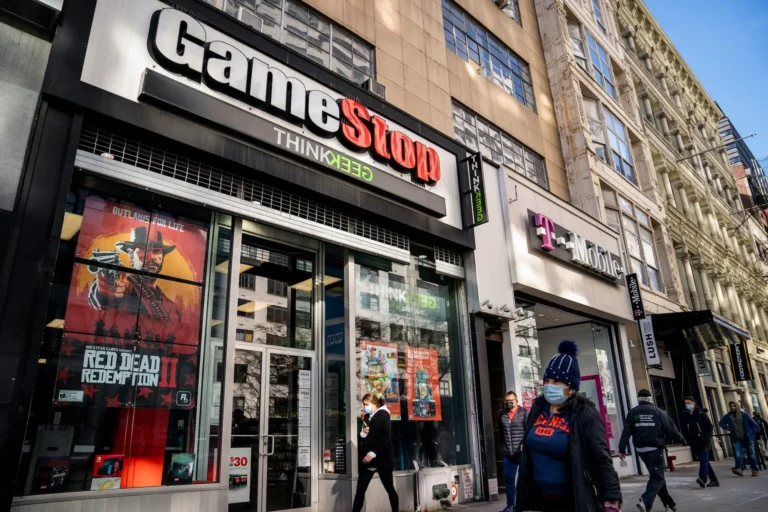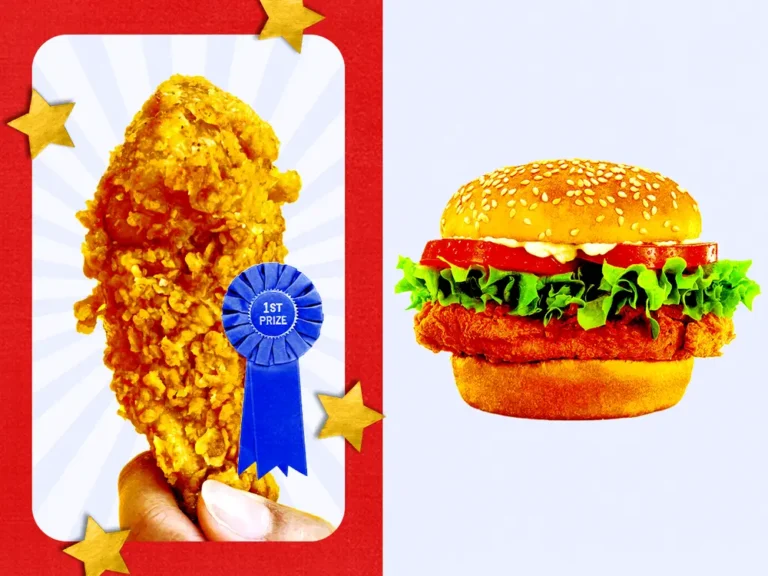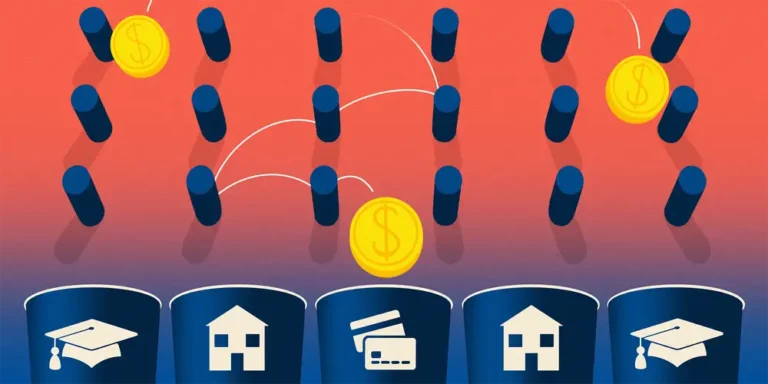Bob Iger is moving to shrink Disney — here’s how industry insiders see his playbook and its potential pitfalls: ‘Everything is not OK’

- After a run of acquisitions during his first tour as Disney CEO, Bob Iger is looking to shrink the company.
- He’s looking to Disney’s IP-driven parks, streaming, and film studios to drive growth.
- Here’s how a smaller Disney could work and what the pitfalls are to his streamlining strategy.
A year after returning to Disney for his second tenure as CEO, Bob Iger has begun to lay out his strategy for the media conglomerate: he has put ABC and cable networks like FX and National Geographic up for sale. Iger has also stated that he is looking for content or distribution partners to assist ESPN in going direct to consumer.
“Moving forward, I believe three businesses will drive the greatest growth and value creation over the next five years,” he stated during the company’s earnings call on August 9. “They are our film studios, parks business, and streaming, all of which are inextricably linked to our brands and franchises.”
Since Iger took over as CEO for the second time in November, Wall Street has been pushing for Disney to shrink. In December, Wells Fargo analyst Steven Cahall argued that Disney should spin off ESPN and ABC, and on the August earnings call, MoffettNathanson’s Michael Nathanson proposed splitting Disney into two companies, one focused on parks, consumer products, Disney+, and the studio IP that drives that flywheel, and the other on everything else.
For years, the conventional wisdom has been that media companies must bulk up in order to compete with Google and Netflix. It’s why Warner Bros. sold to Discovery and why there’s always talk of a Warner Bros. Discovery and Comcast merger. Iger’s first tenure as CEO was defined by large acquisitions, including Marvel, Pixar, and others, which helped more than quintuple the company’s market cap.
However, many of the drivers that were supposed to propel big media aren’t working. Streaming is losing money, the box office (with the exception of Barbenheimer) is down, the ad market is soft, and the twin Hollywood strikes that have halted production are dampening optimism and deal flow across the industry. Meanwhile, Wall Street is putting pressure on streaming to become profitable. Disney’s stock price has dropped by more than half since its peak, to below $90.
Some believe that by selling the networks, Iger’s goal is to reduce Disney to the parts that would be most appealing to a buyer, with Apple seen as the most obvious buyer, particularly for an asset like ESPN.
But dismantling Disney isn’t so easy, and Iger doesn’t have the goodwill he once had on Wall Street (or within the company, where people were caught off guard and demoralized by sale talk and layoffs earlier this year). He hasn’t provided the specifics that investors are looking for, and there are too many unknowns about how the future will unfold.
“Everything used to be OK when Bob Iger got on the phone,” Macquarie analyst Tim Nollen told Insider. “With the current state of the television industry, nothing is OK. It’s not as simple to run a business.”
Here’s what top industry analysts see as an opportunity for a leaner Disney, as well as where the streamlining strategy could go wrong.
Selling the TV networks to focus on growth businesses
In theory, selling its linear TV business would free up cash and energy, allowing Disney to focus on theme parks and experiences, as well as the studios whose intellectual property feeds them.
According to Doug Shapiro, a senior advisor at BCG and former strategy head at Turner Broadcasting System, getting rid of declining businesses can free up management’s time to focus on the business’s growth areas.
In a time of content overload, the company’s beloved franchise-driven output can become more valuable as people gravitate toward the familiar, he told Insider. Shapiro believes Disney can find new ways to monetize its franchises by utilizing technology such as NFTs, the metaverse, and Apple’s Vision Pro headset (which Disney is already developing for).
However, new business lines carry risks, and selling the networks may not be as simple or as profitable as Disney and Wall Street hope. As non-growth businesses, Disney’s TV networks, which account for roughly one-third of its revenue, may not command the price that Disney desires.
It will also be difficult to separate them from the rest of the company. Linear content, such as FX, feeds Hulu, and ABC and ESPN benefit from each other when negotiating sports rights and selling ads.
On the earnings call, Iger stated that any sale of the TV networks would seek to ensure that Disney continues to get content to fuel its streaming business, while admitting that there is “obviously complexity” in separating ESPN from the linear TV business. While it is true that Disney could work out a deal with a buyer to keep content flowing to its streamers, Shapiro told Insider that this could come at the expense of the sale price.
Finding a partner and new revenue streams for ESPN
Speaking of ESPN, which has gone from being one of Disney’s most profitable businesses to one of its most problematic, its future is even more uncertain, with partnerships, growth, and even a sale being considered.
Iger stated that he is in talks with potential partners to assist ESPN in going DTC. And, despite previously stating that he did not want to associate family-friendly Disney with gambling, he has just struck a $2 billion deal with second-tier betting company Penn Entertainment to benefit from the explosion of sports betting, indicating to some how desperate Disney has become.
It’s a low-risk way for Disney to enter the online gambling market, but in a hyper-competitive industry, Penn will need to differentiate its app and attract significant market share as new markets open up to pay off for ESPN, according to Joel Simkins, managing director covering gaming at Houlihan Lokey’s Global Technology Group.
More importantly, ESPN requires scale quickly in order to offset the high fixed costs of sports rights and drive advertising revenue as it transitions to a DTC model, according to Stratechery’s Ben Thompson in an August 16 analysis. Thompson suggested that the most obvious partners to assist Disney in this endeavor are the big tech companies, which control phones and TV set top boxes; Roku; and cable providers, which could distribute a DTC ESPN.
However, LightShed Partners wrote on August 17 that gaming revenue will not compensate for higher sports licensing fees and declining revenue that ESPN will face as it transitions to streaming.
Another option would be to sell ESPN. While Iger has stated that he wishes to retain control of the network, his comments about seeking alternatives for Disney’s core assets have fueled analyst speculation that Apple could purchase ESPN to fuel its Apple TV+ service, which now includes live sports. (Not only would Wall Street approve, but such thinking has a cultural history — Iger himself mused in his memoir about combining Disney and Apple.)
Building streaming into a profitable business
In a rush to imitate Netflix, Disney and other legacy media behemoths shoved their content onto streaming services, hastening the demise of the cable bundle. The issue is that streaming hasn’t compensated for the decline of cable; Disney has lost more than $10 billion in its DTC business, though losses have narrowed to $512 million in the third quarter.
Disney has promised that streaming will be profitable by the end of its fiscal year in 2024. It’s in a good position to have one of a handful of must-have streamers, thanks to its ability to produce hits and international awareness. However, in order to achieve streaming profitability, Disney must increase both user and revenue while decreasing churn — all of which are operational and marketing challenges that are somewhat in conflict with one another. Disney+, the company’s flagship streaming service, has lost domestic subscribers for the second quarter in a row.
So, like Netflix, Disney is cracking down on password sharing and raising the price of its ad-free tiers in order to push people to its ad-supported product, which has the most potential to scale and can reduce churn by keeping the subscription price low. In October, Disney+ without ads will cost $13.99 per month, which is double what the service cost when it first launched in 2019. Meanwhile, the ads tier will remain at $7.99 per month.
Netflix’s experience has been positive; Netflix with Ads has generated more revenue per user than its standard ad-free tier, and signups have increased significantly since the password crackdown went into effect. According to subscription-measurement firm Antenna, 43% of Disney+ sign-ups in the second quarter of 2023 were to ad-supported plans.
Nonetheless, the ad-tier subscriber base for both services is still too small to be a meaningful advertiser buy — for the time being. Streamers have looked to expand internationally in order to reach new audiences, but doing so will require significant investments in local-language content, which is costly; and revenue per user is generally lower outside of the US. Iger has already stated that Disney will be more selective in terms of which overseas markets it prioritizes.
Disney’s streaming business will gain some clarity in 2024. That is when the company is expected to buy Comcast’s minority stake in Hulu, which some analysts believe will benefit Disney’s streaming business in terms of content, marketing, and ad revenue.
Iger has stated his intention to fully own Hulu. On the other hand, some analysts argue that rather than paying the minimum $9 billion for Comcast’s stake, Disney would be better off offloading Hulu than doubling down on the costly battle to match Netflix in streaming.
On the August earnings call, Disney’s interim CFO Kevin Lansberry stated that the company is well-positioned to complete the transaction, with $11.5 billion in cash, approximately $10.5 billion in debt instruments, and future cash flow.
In short, there are many unknowns about how Disney will achieve that streamlined state.
“I’m not at all concerned about Disney’s long-term success,” Nollen said. “With ESPN going direct to consumer, the streaming business can generate a lot of subscriptions and hopefully be a positive earnings contributor.” And with a strong parks and consumer business to back it up, that’s a pretty potent combination. However, there is a lot of uncertainty.”






